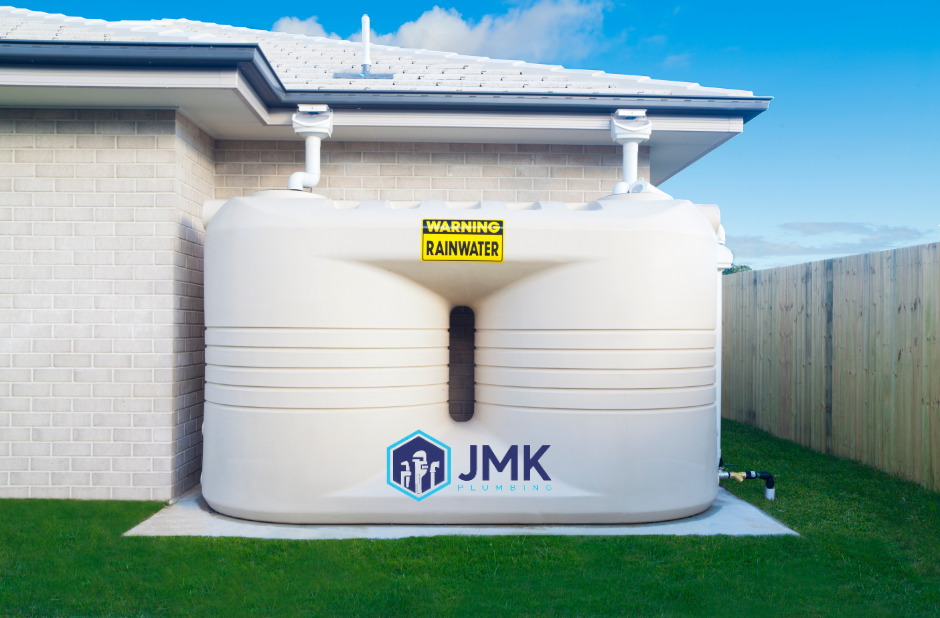Eco-Friendly Plumbing Upgrades for Your Home

Plumbing may not be the first thing that comes to mind when thinking about sustainability. However, there are many plumbing features and upgrades you can make to reduce your environmental impact and water usage. With a few simple changes, you can make your home’s plumbing system greener and more efficient.
Install Low-Flow Fixtures
One of the easiest ways to reduce water consumption is to install low-flow faucets, showerheads, and toilets. Low-flow fixtures restrict water flow, allowing you to use less water while still getting the pressure you need. For example, low-flow showerheads use around 2.5 gallons per minute compared to standard shower heads which use 5 gallons per minute or more. Over time, low-flow fixtures can lead to major water savings.
Upgrade to High Efficiency Toilets
If you have older, inefficient toilets, upgrading to a high efficiency model can significantly reduce the amount of water used for flushing. New EPA WaterSense approved toilets use 1.28 gallons or less per flush, compared to older models which can use 3.5 gallons or more. Replacing all toilets in your home to WaterSense models can save the average family of 4 over 16,000 gallons of water per year.
Install Point-of-Use Water Heaters
Point-of-use water heaters heat water right where it’s needed, rather than heating water in a central tank. Options like small electric tankless heaters at each sink or shower head only heat water when in use, avoiding energy waste from maintaining a hot water tank. Point-of-use heaters also reduce water wasted from waiting for hot water to reach taps.
Choose Water Efficient Appliances
When purchasing new water-using appliances, look for EPA WaterSense certified models. Washing machines, dishwashers, and other appliances with the WaterSense label are at least 20% more water efficient than standard models. Over the lifetime of the appliance, choosing WaterSense models can save significant amounts of water.
Collect Rainwater
Installing a rainwater harvesting system captures rainwater from your roof which can then be used for irrigation, flushing toilets, or other non-potable water needs. Rainwater harvesting reduces strain on water supplies and the energy needed to pump and treat water. Collected rainwater can also be an alternative water source during drought periods.
With these sustainable plumbing upgrades, you can reduce your home’s water usage, save on utility bills, and minimize your environmental footprint. Eco-friendly plumbing is an important but often overlooked way to make your home greener.